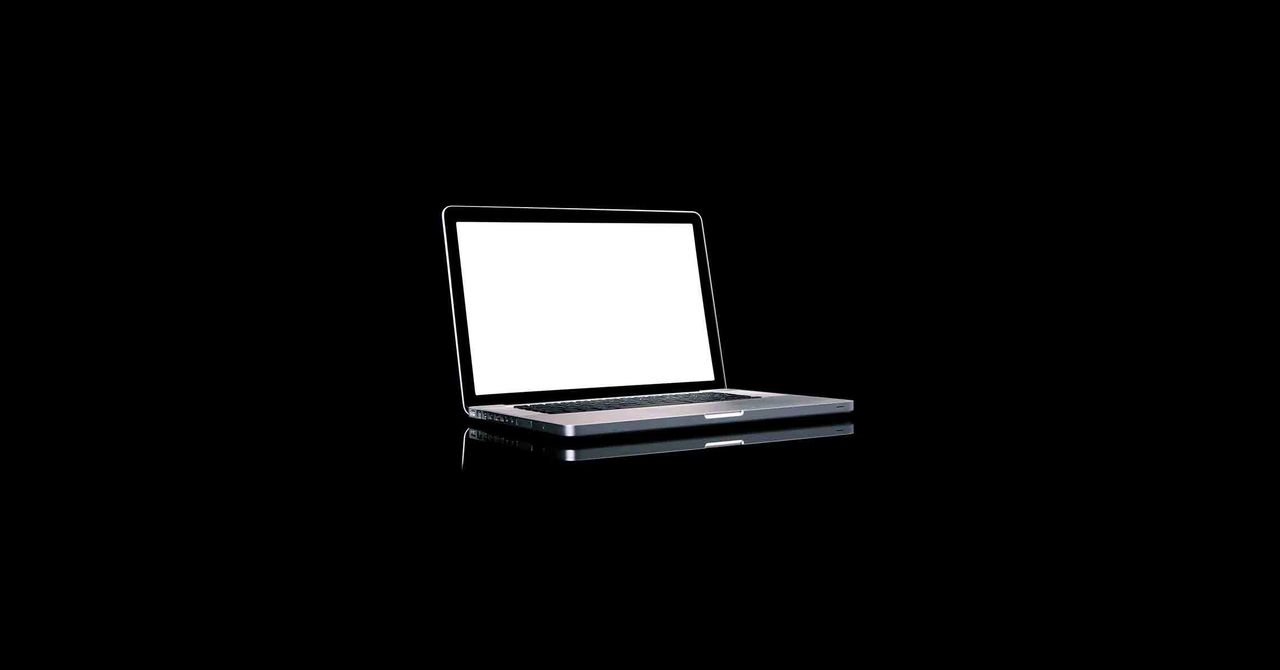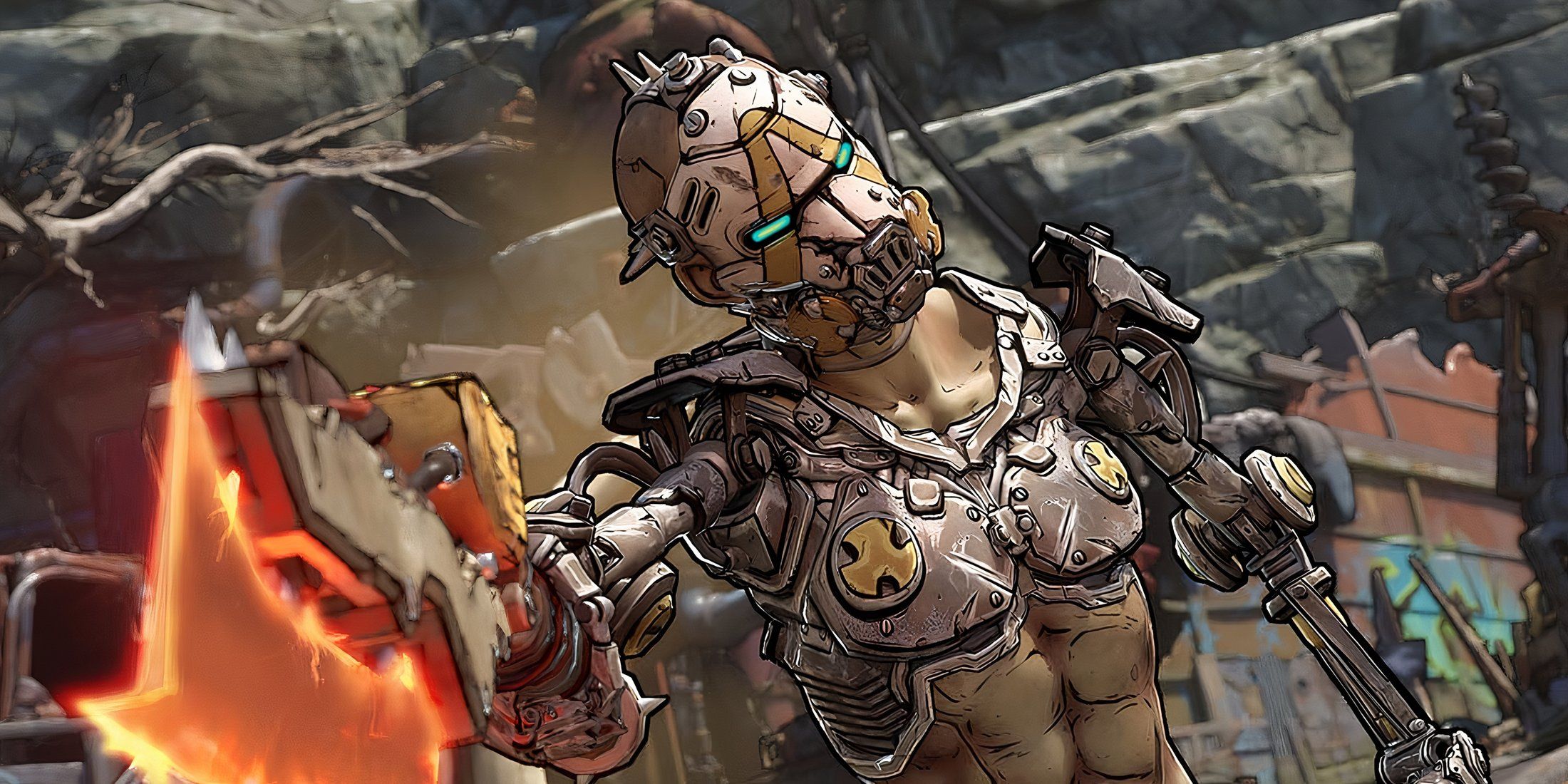
Not so long ago, laptops were the lesser sibling of modern tech. While phones are beloved for their portability and desktops can be configured with more power and utility than you could ever need, laptops are stuck in the middle. They're not as portable as our most pocket-friendly tech, and they are often too underpowered to take on more intensive tasks.
But that was then. Over the past two years, laptops of all stripes have grown phenomenally more powerful. For a little over a thousand dollars, you can now buy a compact notebook PC that can match the power and performance of a bulkier desktop computer. The leap in performance is most evident in games, where beefy GPUs are required to play the most demanding titles. Now, laptops can game like a desktop. Graphics processor manufacturer Nvidia claims its mobile GPUs are so close to desktop-class cards that the company no longer distinguishes between the two in marketing or product naming. An Nvidia Geforce GTX 1070 graphics processor in a desktop tower is functionally the same as a 1070 crammed into a notebook.
Designing a computer has always been about compromises---to add some brawn here, you'll need to sacrifice power efficiency or weight over there. In a sense, that line of thinking still holds true, but significant leaps in engineering have helped reduce those compromises.
"It's the convergence of a couple of long-standing trends," says Vivek Gowri, senior systems engineer Razer, which makes laptops and peripherals for gamers. "Transistors are becoming smaller and more power efficient. High-end enthusiast [graphics cards] have reduced power consumption by over 50 percent while offering massive jumps in performance."
That convergence, Gowri says, has helped laptop makers overcome two historically tricky design problems: energy use and cooling efficiency.
Keeping It Cool and CalmBatteries are a key component to look at when seeking energy gains. Federal regulations have put a soft cap on the size of laptop batteries, so those exceeding 99 watt-hours can't be taken on a plane unless they're installed in a medical device. Manufacturers have responded to that limit by maximizing efficiency. This is done through improving transistor designs and circuit layouts, but also, everything from the operating system down to the purity of the metals used on printed circuits can have a major impact on efficiency.
Once you've got power use under control, you can start looking at the next big problem: heat. When you start packing dozens of high-end parts into a tiny space, you're also limiting airflow, which is still the main method a laptops' internal components get their cooling. One solution currently being used to cool chips in tight spaces is the use of vapor chambers.
Most of the time, fans and vents are used for cooling. They move a stream of fresh air over a small bit of silicon that vomits heat. Not too complicated. By giving that chip a heatsink, you can dramatically increase the surface area and dissipate that heat more quickly. The problem with heatsinks, however, is poor distribution of thermal energy. Some areas of the chip will end up hotter than others, and that can make the whole thing tougher to cool.













